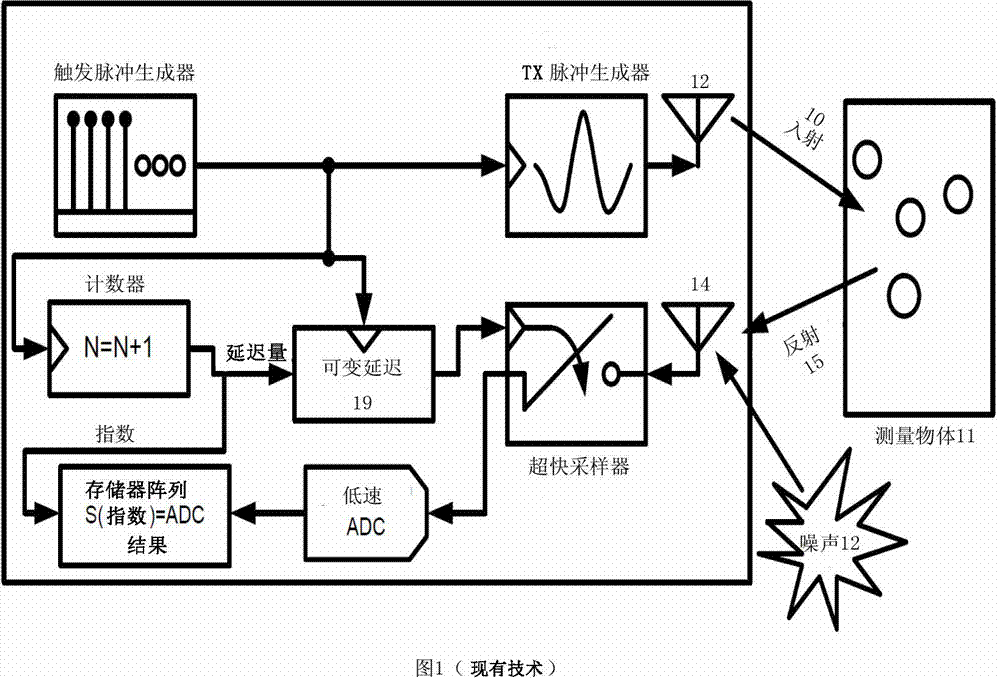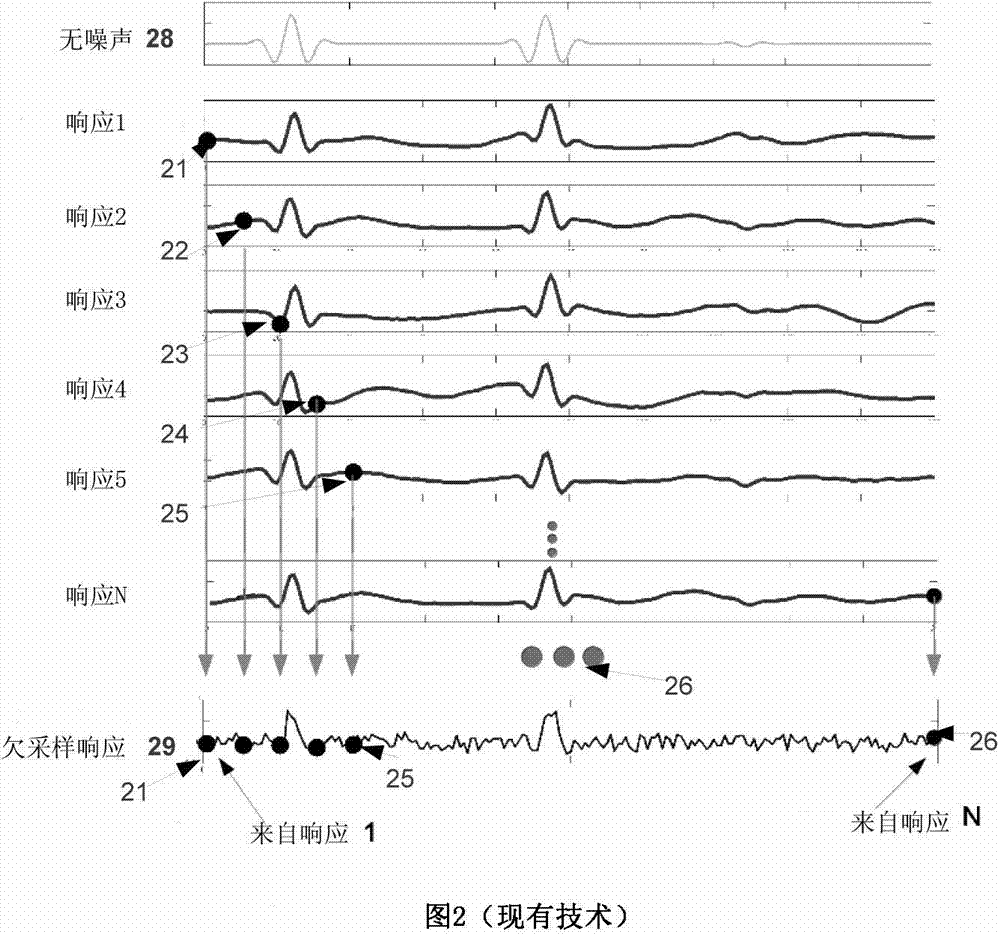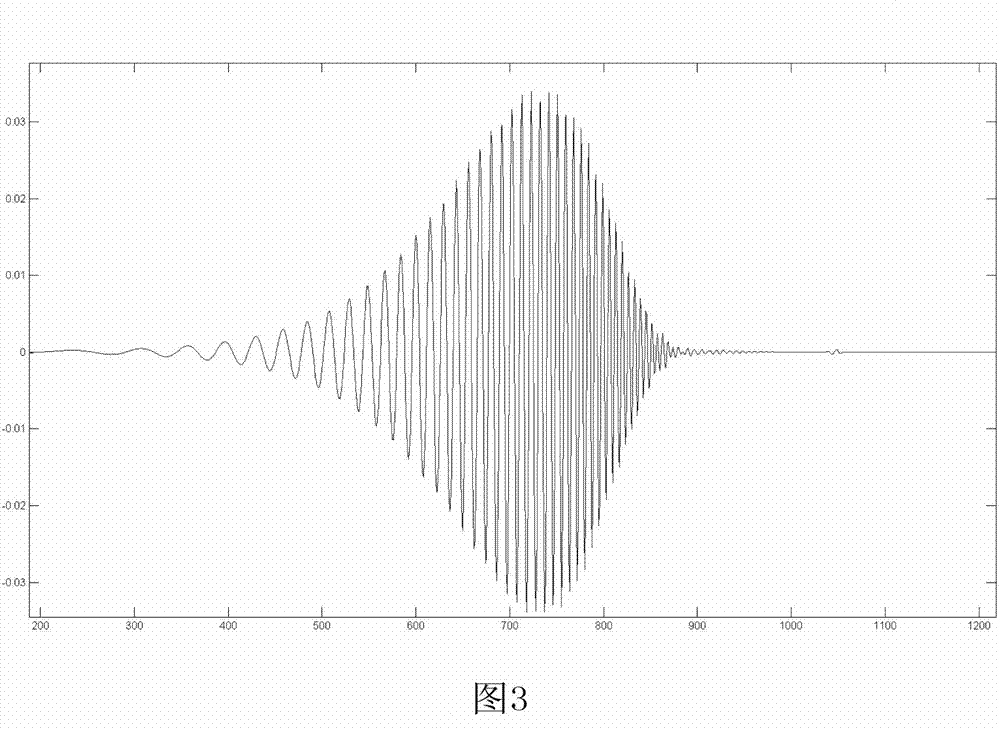Realization of time-domain ultra wideband ground-penetrating radar using high speed accumulation and interpolated sampling
A ground-penetrating radar and linear sampling technology, which is applied in the directions of using re-radiation, electromagnetic wave detection, radio wave reflection/re-radiation, etc., can solve the problems of high energy consumption, high price, and difficulty in sampling and quantizing digital waveforms.
- Summary
- Abstract
- Description
- Claims
- Application Information
AI Technical Summary
Problems solved by technology
Method used
Image
Examples
Embodiment Construction
[0028] Embodiments of the present invention employ high-speed interpolated (interleaved) sampling for a dedicated GPR (Ground Penetrating Radar). Addressed several issues related to high speed sampling in GPR, including 1) dynamic range limitation, 2) implementation standard issues, 3) ADC sampler core offset error, and 4) timing error. High-speed interpolated sampling GPR is achieved by using a high-speed ADC combined with a trigger logic (such as FPGA) and a programmable delay generator. An FPGA or other trigger logic generates a series of randomly dithered trigger pulses. Synchronously controlled variable delay generators (or "Verniers") generate fractional timing. Temporal random or pseudo-random jitter (defined as, "an intentionally applied form of noise used to randomize quantization errors") of the pulsed signal, interpolated phases are shuffled, thus avoiding discrete spectral lines in the radiated RADAR signal.
[0029] The specific embodiments of the present invent...
PUM
 Login to View More
Login to View More Abstract
Description
Claims
Application Information
 Login to View More
Login to View More - R&D
- Intellectual Property
- Life Sciences
- Materials
- Tech Scout
- Unparalleled Data Quality
- Higher Quality Content
- 60% Fewer Hallucinations
Browse by: Latest US Patents, China's latest patents, Technical Efficacy Thesaurus, Application Domain, Technology Topic, Popular Technical Reports.
© 2025 PatSnap. All rights reserved.Legal|Privacy policy|Modern Slavery Act Transparency Statement|Sitemap|About US| Contact US: help@patsnap.com



